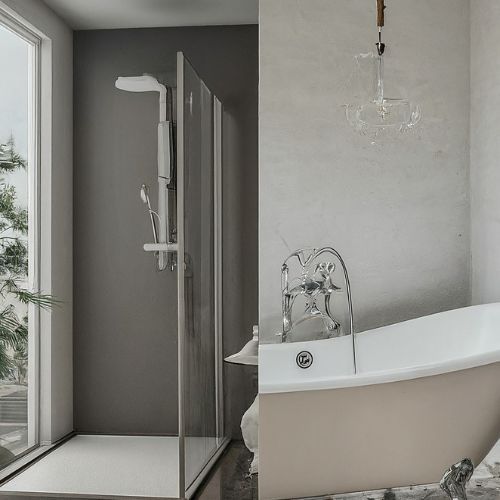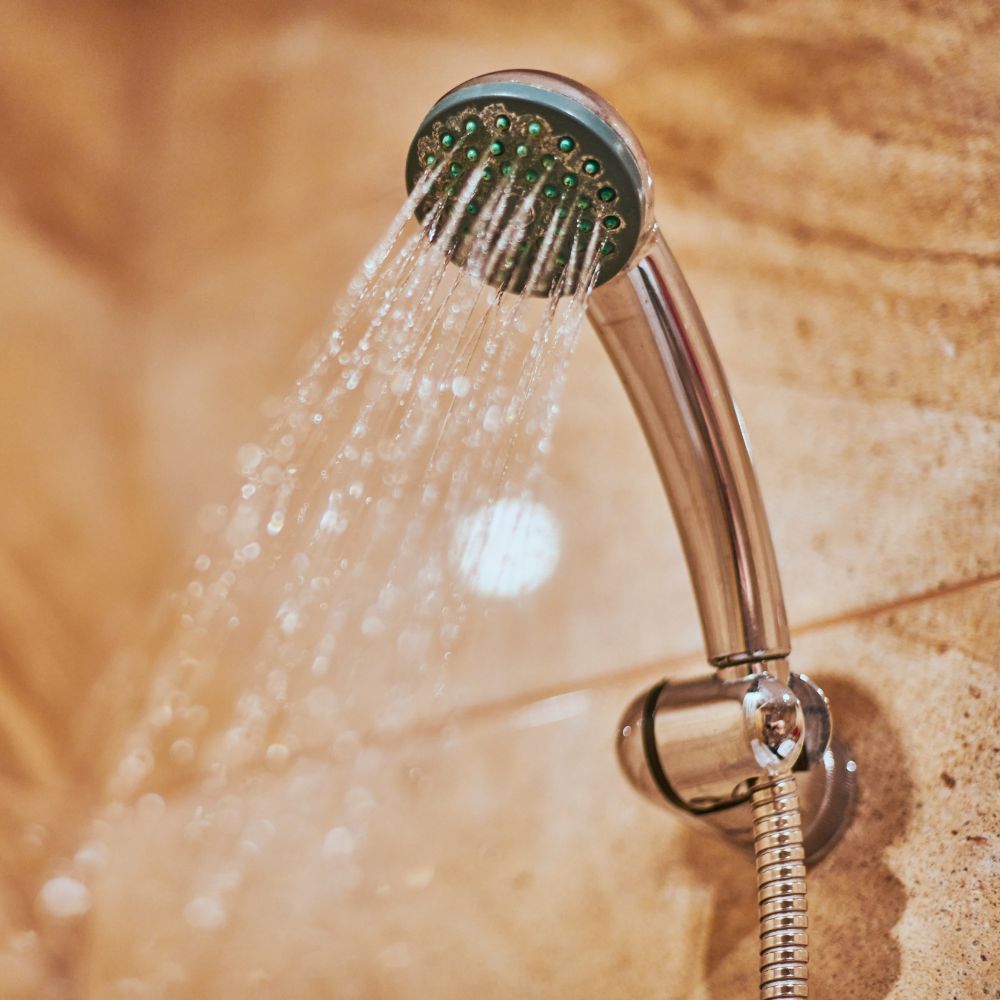Family Run Independent Company
Excellent Reviews 10/10

No high pressure Salespeople - just high quality Bathrooms
Enhancing Safety and Visibility: The Importance of Lighting in Accessible Bathrooms

A Practical Guide to Improved Bathroom Lighting
When designing accessible bathrooms, the importance of proper lighting cannot be overstated. It's not just about improving the look of the space but ensuring it is safe and functional, particularly for individuals with vision impairments or mobility challenges. Let’s explore how appropriate lighting solutions can make these essential spaces safer and more usable.
1. Preventing Accidents Through Thoughtful Lighting Design
• Mitigating Risks: Bathrooms pose inherent risks with their combination of water and hard surfaces. Adequate lighting is crucial to highlight potential hazards like wet floors and uneven surfaces, reducing the likelihood of accidents.
• Strategic Light Placement:
• General Area Lighting: Uniform lighting should be a baseline to cover the entire area, reducing shadows and dark corners.
• Focused Lighting: It’s beneficial to have additional lighting around critical areas such as the shower, bath, and toilet, where precision and care are especially needed.
2. Tailoring Lighting for Those with Visual Impairments
• Contrast and Clarity: Different lighting temperatures can help distinguish various sections of the bathroom. For example, a warmer hue might be used in relaxation areas like around the bathtub, while a cooler, clearer light could be beneficial by the sink and mirror.
• Task Lighting Considerations: Specific activities, such as using the mirror for grooming, require well-thought-out lighting:
• Ensure there are no shadows and the light is soft to accommodate sensitive eyes.
• Placement should be such that it aids tasks without overwhelming users.
Lighting in any space can greatly affect usability, but in a bathroom designed for accessibility, it’s particularly vital. Proper lighting ensures that those with limited vision can move around safely and perform necessary tasks with greater ease.
1. Integrating Smart Lighting Technologies

• Automated Adjustments: Modern solutions can adapt lighting based on the time of day or whether the room is occupied, simplifying operations and maintaining optimal lighting without manual intervention.
• Motion-Activated Lights: Lights that turn on and off automatically can prevent the fumbling for switches in the dark, ensuring the room is lit as soon as someone enters.
• Adjustable Brightness: Having the option to adjust light levels allows individuals to set the brightness to their comfort level, which is particularly useful during night-time visits to the bathroom.
Conclusion
Incorporating effective lighting in accessible bathrooms is more than a convenience—it’s a necessity. It enhances safety by illuminating potential hazards and improves usability for people with various needs, especially those with impaired vision. Thoughtful lighting design should address both the practical requirements and the comfort of users, ensuring that the bathroom is a safe, functional space for everyone.
For assistance with upgrading your bathroom lighting to better cater to diverse needs, please visit
www.parishbathrooms.co.uk. At Parish Bathrooms, we focus on creating accessible bathroom solutions that prioritize both safety and functionality, helping everyone navigate these essential spaces with confidence.
Contact Us
We will get back to you as soon as possible.
Please try again later.
You might also like

Book a Service Today
We will get back to you as soon as possible
Please try again later
Our Beautifully Designed Accessible Bathrooms Speak for Themselves
Are you ready to create your dream bathroom with Parish Bathrooms?
Navigation
Areas Serviced
Salisbury
Southampton
Winchester
Portsmouth
Bournemouth
Andover
The New Forest
Christchurch
Contact Info
Trading Address:
Parish Bathrooms
9 St Georges Road,
Harham, Salisbury, SP2 8LU
Registered Address:
9 St Georges Road,
Harham, Salisbury, SP2 8LU
mark@parishbathrooms.co.uk
Sign up to our newsletter for regular news and offers
All Rights Reserved | Parish Bathrooms | Privacy Policy


